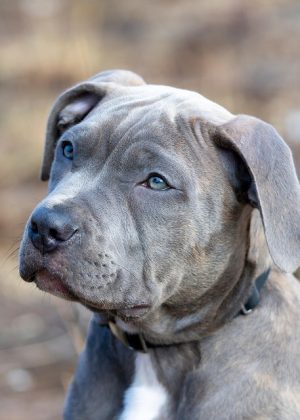A well-designed, weatherproofed heated dog house is crucial for pet comfort and safety across all seasons. Using durable materials like treated wood or metal, proper sealing, efficient insulation, and balanced ventilation create an optimal retreat. Pet owners in varying climates can provide year-round comfort with these structures, enhancing their pets' overall well-being. Prioritizing robust materials, effective insulation strategies, and thoughtful ventilation balances protection from elements with interior coziness. Regular maintenance ensures the heated dog house remains in top condition for years of use.
“Discover the power of weatherproof design with our comprehensive guide, tailored for pet lovers. In this article, we explore essential elements that ensure your furry friend stays safe and comfortable year-round. From understanding foundational design principles to focusing on specific features like a heated dog house, we cover it all. Learn about material selection, insulation strategies, ventilation, and maintenance tips to create a durable outdoor haven for your pet. Elevate their outdoor experience with our expert insights, including the benefits of a heated dog house.”
Understanding Weatherproof Design Essentials
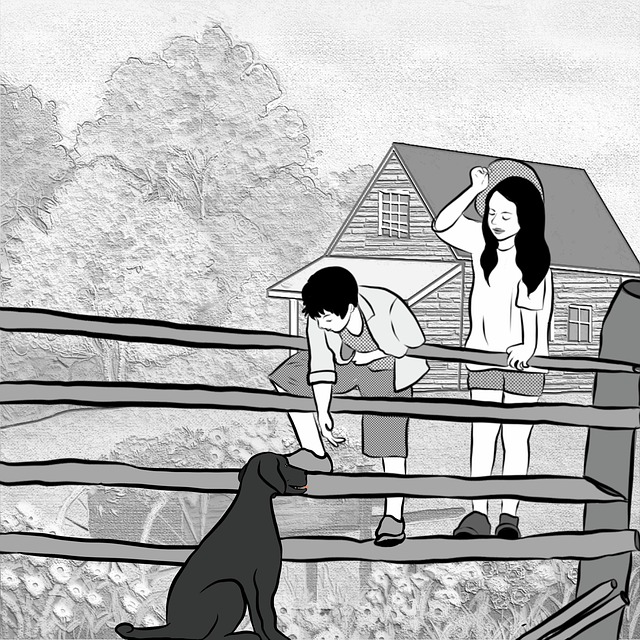
Weatherproof design is a crucial consideration for any outdoor structure, ensuring longevity and comfort in all seasons. When it comes to heated dog houses, understanding essential weatherproofing techniques becomes vital. The primary goal is to create a sealed envelope that protects against the elements while maintaining a consistent temperature.
This involves using durable materials like treated wood or metal for construction, ensuring proper sealing at joints and gaps with high-quality caulk or gaskets. Heated dog houses also require efficient insulation to trap warmth during cold weather, preventing heat loss. Additionally, a well-designed ventilation system helps regulate temperature and humidity, keeping the interior comfortable and dry, even on hot days. These essentials form the foundation of creating a weatherproof sanctuary for pets, ensuring they remain safe and happy year-round.
Heated Dog House: A Comfortable Outdoor Haven

For pet owners, providing their furry friends with a comfortable and safe outdoor space is essential, especially in regions with varying climates. This is where a heated dog house comes into play, offering a sanctuary that ensures your pet stays warm during colder months. These innovative designs are not just about functionality; they provide an inviting haven for dogs to relax and play, all while withstanding the elements.
Heated dog houses are designed to offer insulation and comfort without compromising on ventilation. Incorporating advanced heating systems, these structures maintain a consistent temperature, making them ideal for outdoor pets. Whether it’s a cozy retreat for your canine companion or a place to socialize during winter walks, heated dog houses represent a weatherproof design solution that enhances the overall well-being of our beloved pets.
Choosing the Right Materials for Durability
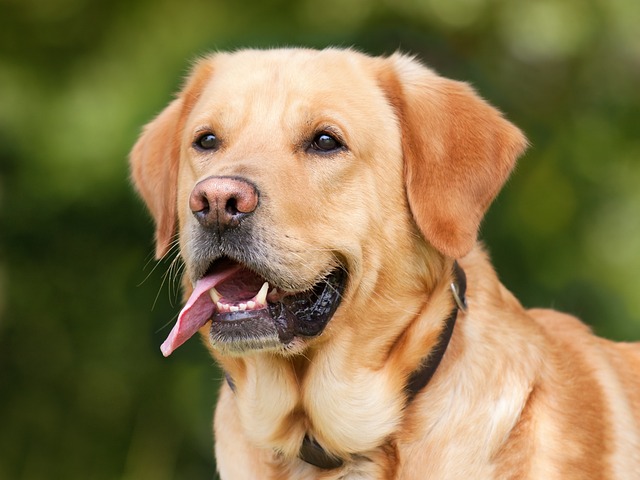
When designing a weatherproof heated dog house, selecting robust and durable materials is paramount. Opt for high-quality, waterproof fabrics that can withstand harsh weather conditions, ensuring your pet stays cozy and dry. Materials like heavy-duty vinyl or treated canvas are excellent choices as they offer superior protection against rain, snow, and strong winds.
Consider the unique needs of a heated dog house. The material should not only be water-resistant but also allow for proper insulation to maintain the internal temperature. A good balance between breathability and weatherproofing is crucial to prevent condensation and ensure your pet’s comfort. Additionally, durable seams and reinforced joints will enhance the overall sturdiness, making it a long-lasting solution for outdoor canine companions.
Effective Insulation Strategies for All Seasons
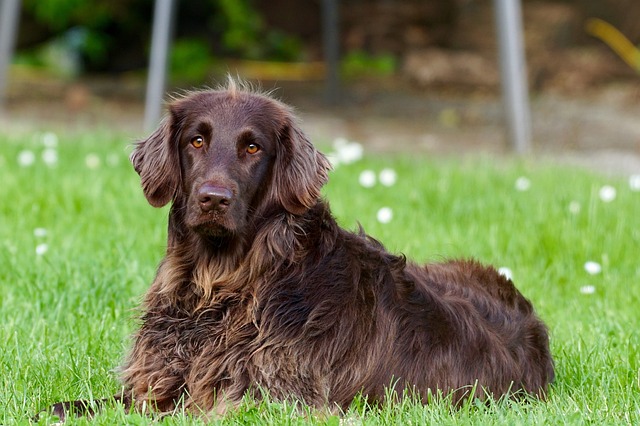
In designing a weatherproof space, such as a heated dog house, insulation is key to maintaining comfort throughout all seasons. Effective insulation strategies involve using materials that create an air barrier while allowing moisture vapor to escape. This prevents condensation and mold growth, ensuring the interior remains dry and cozy even during the coldest winters.
One approach is to employ double-paned windows with low-emissivity coatings, which reflect heat back into the space. For walls and roofs, utilizing rigid foam insulation or spray foam provides excellent thermal resistance, filling gaps and crevices to lock in warmth. Additionally, consider a vapor barrier to prevent moisture ingress, paired with a breathable outer layer like fiberglass or cellulose for further protection against weather extremes.
Ventilation and Airflow: Balancing Comfort and Protection
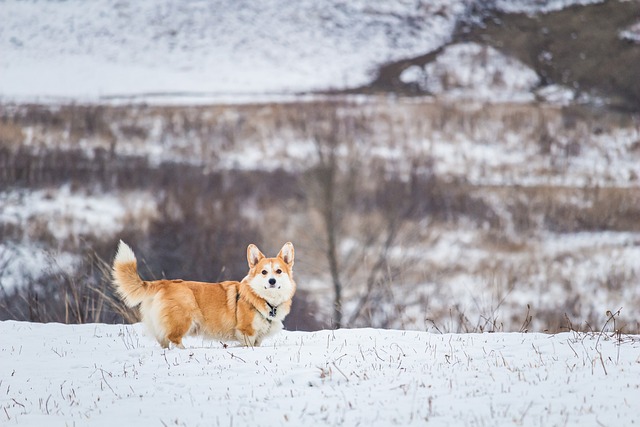
In the realm of weatherproof design, ventilation and airflow are key elements that offer a delicate balance between comfort and protection, especially when considering heated dog houses. While keeping out harsh weather conditions, like rain, snow, and wind, it’s equally important to maintain indoor air quality and temperature stability. Well-designed ventilation systems in heated dog houses ensure that stale air is replaced with fresh outdoor air, preventing the buildup of moisture and odors. This is crucial for the health and well-being of the canine inhabitants.
Balanced airflow prevents hot spots from forming inside the dog house, which can be a challenge in colder climates. Strategically placed vents allow for efficient heat circulation, keeping the space cozy without compromising ventilation. In contrast, inadequate ventilation in a heated dog house may lead to mold growth and respiratory issues for dogs, negating the benefits of the heating system. Thus, designers must thoughtfully integrate ventilation features to create an ideal living environment for four-legged residents, even in varying weather conditions.
Maintenance Tips for Longevity and Performance
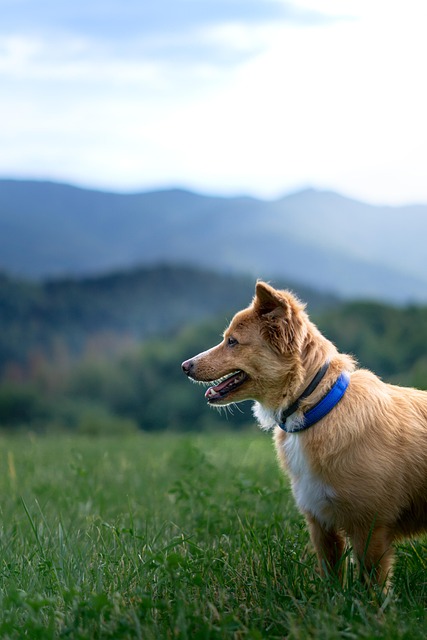
Regular maintenance is key to keeping your heated dog house in top condition and ensuring it provides comfortable, safe shelter for years to come. Start by inspecting the structure regularly for any signs of wear and tear, particularly around the heating element and waterproof seal. Keep the outer surface clean and free from debris to maintain its water-resistant properties.
Remember to replace any worn-out components promptly, especially if the heater is not functioning optimally. A well-maintained heated dog house will offer consistent warmth, protect against the elements, and provide a cozy retreat for your furry friend all year round.
